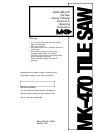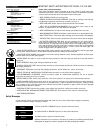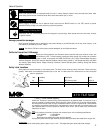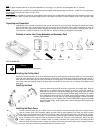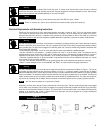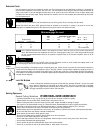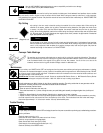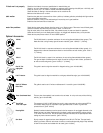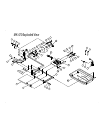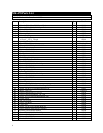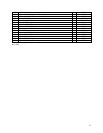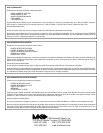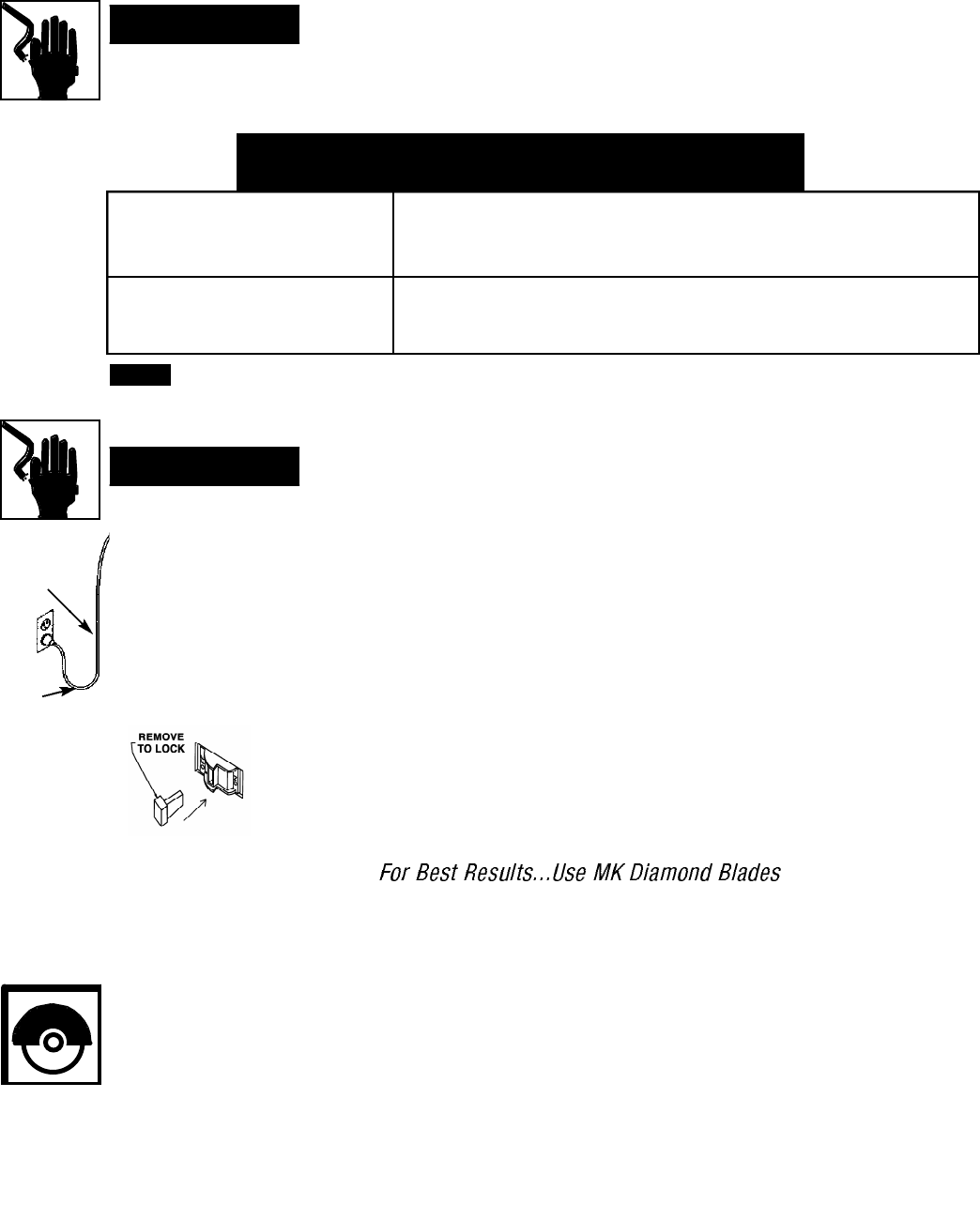
S awing Operations
General Cutting Guidelines
• A diamond blade does not cut, it grinds. Do not force the tile into the blade, nor feed it to quickly.
• Diamond blades are not all alike. Match the MK blade to the product to be cut.
• B e f o re mounting any blade on the saw, inspect the arbor shaft, flanges and blade for damage or fatigue.
• It is natural for the diamond blade to wear out. Follow MK’s blade recommendations for better longevity and eff i c i e n c y.
• Check that the directional arrow of your MK blade always points in a counter-clockwise direction as it is mounted.
• E n s u r e that a continuous flow of water to both sides of the blade occurs during operation.
• Diamond blades need to be sharpened from time-to-time, as this allows for optimum perf o rmance. (See optional accessories.)
• Be sure the blade arbor hole diameter matches the blade shaft.
• Never operate any saw without safety guards in place.
• Do not force the blade into the material: allow the blade to cut all its own speed.
• Do not cut dry with blades designed for wet cutting.
• Do not make long continuous cuts with dry cutting blades: allow the blade to cool by turning the air every few minutes.
• Do not exceed the blades safe operating speed.
• Do not operate the saw with a blade diameter larger than the saws capacity.
• Do not cut or grind with the side of the diamond blade, or make radius or curve cuts.
Use of undersize extension cords results in low voltage to the motor, which can result in motor burnout and premature
failure. MK Diamond warns that equipment returned to us, showing signs of being run in a low voltage condition through
the use of undersized extension cords, will be repaired or replaced totally at the customer’s expense, there will be no
warranty claim.
5
Table 1
Minimum gage for cord
Volts Total length of cord in feet
120V — 25 ft. 50 ft. 100 ft. 150 ft.
Ampere Rating
240V — 50 ft. 100 ft. 200 ft. 300 ft.
more than not more than AWG
0 6 18 16 16 14
6 10 18 16 14 12
10 12 16 16 14 12
12 16 14 12 not recommended
Notice
In order to help prevent accidental starting and to help make your workshop “Kidproof”, this saw is provided
with a means to deactivate the functioning of the motor switch. The switch is provided with a removable
toggle. With the toggle removed the switch does not function, and the motor cannot be turned on. Replacing
the toggle reactivates the switch function. See illustration.
Lock Out Method
Use only extension cords that are intended for outdoor use. These extension cords are identified by a marking of, “Acceptable for
use with outdoor appliances; store indoors while not in use.” Use only extension cords having an electrical rating not less than the
rating of the product. Do not use damaged extension cords, do not “yank” on any cord to disconnect it from the power supply. Keep
cord away from heat and sharp edges. Always disconnect the extension cord from the receptacle before disconnecting the product
from the extension cord.
Extension Cords
To reduce the risk of electrocution, keep all connections dry and off the ground. Do not touch plug with wet hands.
Ground Fault Circuit Interrupter (GFCI) protection should be provided on the circuit(s) or outlet(s) to be used for the tile saw.
Receptacles are available having built-in GFCI protection and may be used for this measure of safety.
If the plug or receptacle does get wet, DO NOT unplug the cord. Disconnect the fuse or circuit breaker that supplies power to the
tool. Then unplug and examine for presence of water in the receptacle.
To avoid the possibility of the appliance plug or receptacle getting wet, position tile saw to one side of a wall mounted receptacle to
p revent water from dripping onto the receptacle or plug. A “drip loop,” shown in the figure below, should be arranged by the user to
properly position the power cord relative to the power source. The “drip loop” is that part of the cord below the level of the re c e p t a c l e ,
or the connector if an extension cord is used. This method of positioning the cord prevents the travel of water along the power cord and coming
in contact with the receptacle.
drip loop
power
supply cord
Warning
Warning



